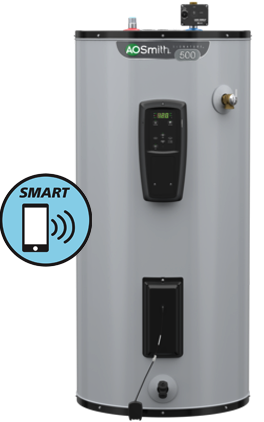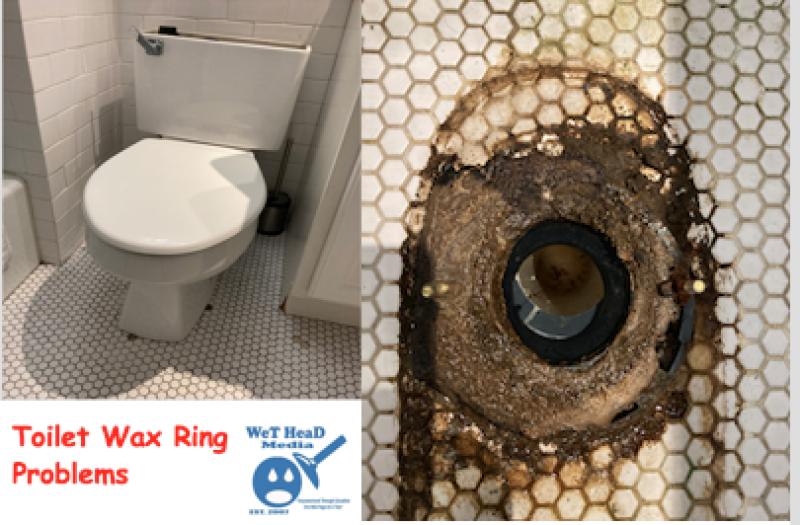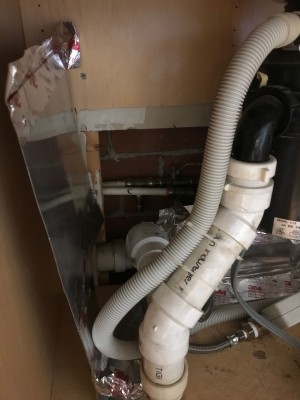How to Get Rid Of Yellow Jackets Around the House
Yellow jackets are a type of invasive wasps that can build their nest anywhere around your house – in the garden, under the flower beds or even inside a vent. It is very common to mistake yellow jackets for honey bees because of their similar appearance. The easiest way of making sure if the insects nesting in your backyard are yellow jackets or bees is to observe their abdominal area. Unlike yellow jackets, the abdomens of bees are covered in tiny hairs.
Having a yellow jacket nest in your garden or your backyard is not pleasant as these insects can inflict a painful sting if you accidentally approach their nest. This article deals with some of the most effective methods for getting rid of yellow jackets by destroying their nests.

Wear Protective Clothing
You should wear proper protective clothing to prevent your endeavors for driving the wasps away from turning into an extremely painful experience. Here are the necessary precautions to take before meddling with the yellow jackets in their nest:
- Light colored heavy suits that cover the entire body (regular bee-keeping suits will work)
- High-sleeved leather or canvas gloves
- A helmet or hat having a secure-fitting veil
Eliminating Ground Nests
Take the following measures to eliminate the ground nests of these wasps:
- First, you need to find the exact location of the nest. Observing where the insects disappear at sundown can help you to locate their nest.
- The next step is applying a chemical product like D-Force HPX aerosol straight into the nest. Do this at night with a flashlight, wearing protective clothing.
- You can also use Delta Dust as it works effectively and eliminates the yellow jackets quickly with its effects lasting for at least 4-6 months. Make sure to re-apply the dust in 3-4 months to get rid of any newly hatched wasps.
- Sometimes, the nest is located under thick ground coverings, making it impossible to mark its exact location. In these cases, you can spray the entire area with a liquid insecticide such as Cynoff WP or Demon WP. The whole area should be drenched in the chemical, especially the grounds around the suspected nest entrances. Then, take notes of the wasp’s population over a few days. Re-application of the insecticide may be necessary.
Eliminating Exposed and Aerial Nests
Sometimes, the nests are built in exposed locations like hanging from trees or eaves. There are two ways to get rid of such nests and both should be attempted at night, wearing protective clothing.
- The first step is illuminating the nest area using an amber or red light (avoid using regular flashlight as it attracts the guard wasps). Now, use a plastic injector to apply an insecticide like Delta Dust or D-Force HPX aerosol directly into their nest. It is safer to poke the tip of the injector through the nest’s back rather than trying to use the front entrance.
- The alternative method involves covering the nest properly with a durable large plastic bag and then cutting off the branches securing it. Next, inject Delta Dust or D-Force HPX aerosol directly into the plastic bag and then seal it.
Eliminating Nests Built in Structural Voids
The wasps sometimes build their nest in structural voids like in hollow cement blocks and a dent in the wall or ceiling. It is a bit tricky to get rid of a nest in such a location. Following are the instructions for getting rid of a yellow jacket nest in a structural void:
- The first thing you need to do is locate the nest.
- Next, you have to drill into the structure at the location of the nest from the inside to make small holes in the nest. In case it is impossible to drill from the inside, you can start drilling from the outside. If you are using this method, make sure to leave the outside entrances of the nest open until the hatching is complete. This happens around the starting of fall. Then, you can seal all the entrances for preventing further establishment of the nest.
- Apply a powerful insecticide, like Delta Dust, directly to the nest. A centrobulb duster can be used for easier application.
- Seal all the inside holes.
- Re-apply the insecticide in 3-4 months for controlling newly hatched wasps.
Make sure that all windows and vents have tight fitting screens and also use a yellow jacket repellent in and around your yard to prevent the wasps from building a nest.



